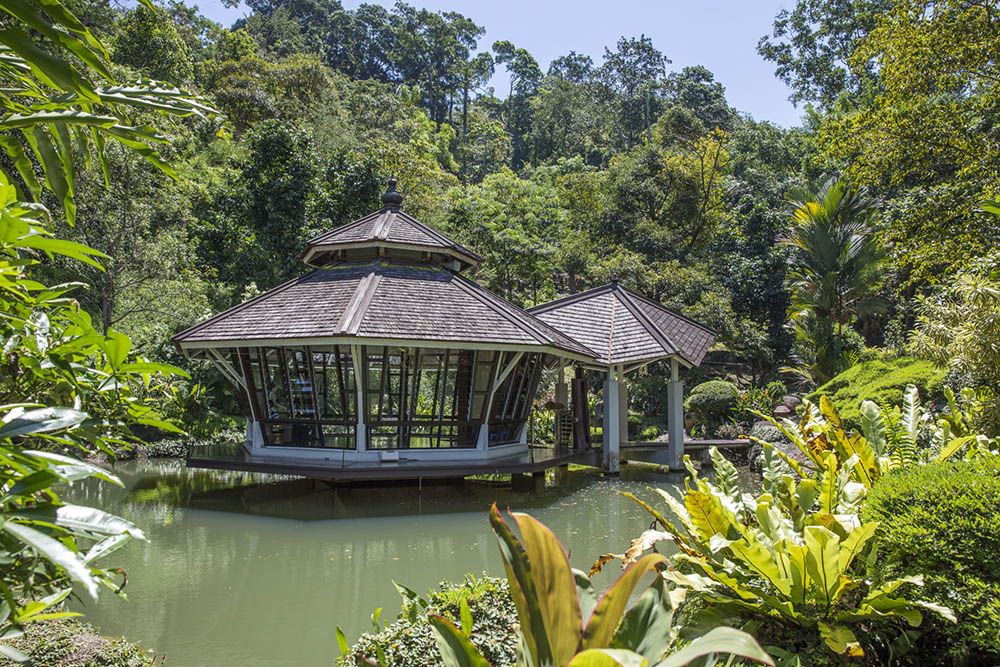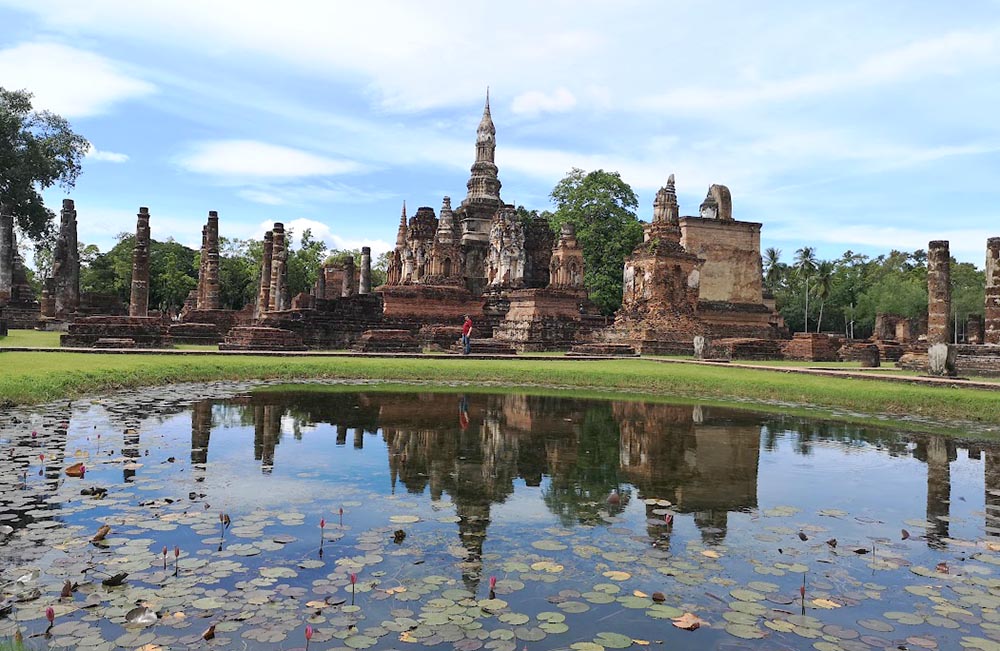The Fruit Gardens of Ancient Southeast Asian Buddhist Centres
by Kooi F. Lim, The Buddhist Channel, 24 July 2023
Kuala Lumpur, Malaysia -- In many Buddhist centres all over the world, open areas are fodders for the imaginative mind to create natural spaces that intertwines with spiritual serenity. The dreamers of such designs almost always use two yardsticks as successful measures, which are spaces that encourage tranquility and contemplation.
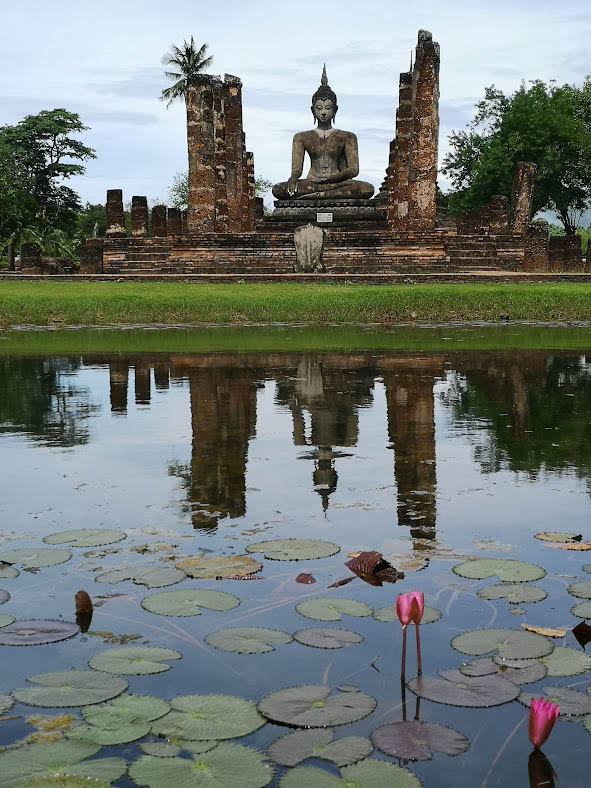
These gardens serve as sacred havens for meditation and self-reflection. Among the most celebrated exemplars are the Zen gardens of Japan and the Chinese Tang gardens, both renowned for their harmonious designs and profound symbolism. Within these meticulously crafted landscapes, the interplay of art, nature and spirituality transports visitors to a realm of inner peace and enlightenment, inviting them to embark on a profound journey of self-discovery and oneness with the universe.
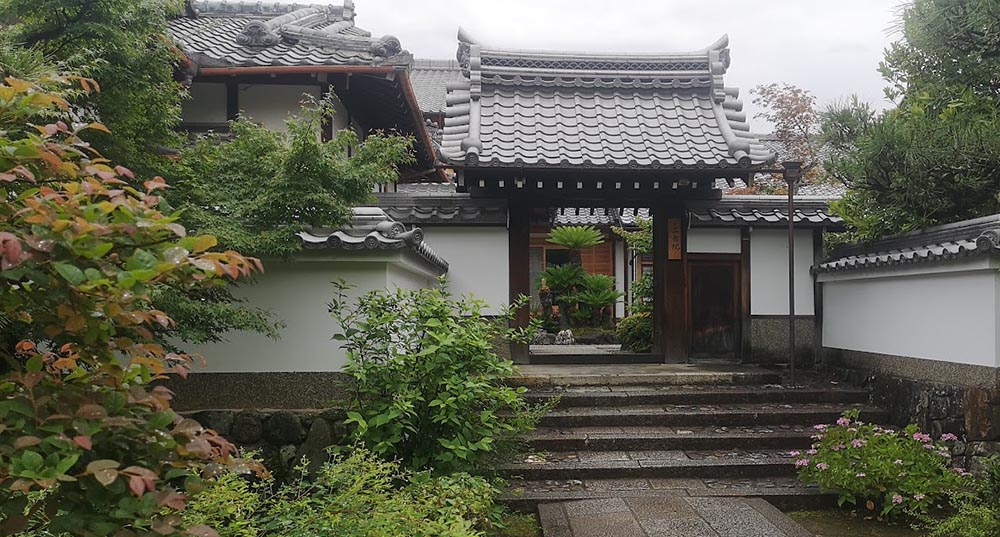
A zen garden at Tenryuji, KyotoThis essence of nature - both human and natural - by and large are reflective of the natural environment where the centre is constructed. An example would be the Sasanarakkha Buddhist Sanctuary near Taiping, Malaysia. Situated inside a rainforest up on a small hill, the monastery blends serenely with the secondary (or human disturbed) jungle.
The picturesque Sasanarakkha sima hall (Taiping, Malaysia), surrounded by forests
But are Buddhist inspired gardens only useful for aesthetics and meditative contemplation? A look at ancient Buddhist centres in Southeast Asia, one in Palembang, Sumatra (Indonesia) and Sukhothai, Thailand tells a different story. These gardens not only regard aesthetics as important for personal cultivation, they also incorporate community elements of sharing and well-being.
The Fruit Gardens of PalembangBetween 671 and 702, Sri Jayanasa, also known as Dapunta Hyang Sri Jayanasa, became the first Maharaja (Emperor) of Srivijaya and thought to be the dynastic founder of Kadatuan (Empire of) Srivijaya. His name was mentioned in the series of Srivijayan inscriptions dated from late 7th century CE dubbed as the "Siddhayatra inscriptions", describing his sacred journey to acquire blessings and also to conquer neighboring areas.
Sri Jayanasa was a devout Buddhist, and his reign saw the rise of Mahayana Buddhism in Srivijaya. He also promoted the use of Sanskrit in the government and administration of the empire. Sri Jayanasa's reign was a time of great prosperity for Srivijaya, and the empire became a major regional power.
In the 7th-century Talang Tuo inscriptions, discovered in the 1920s by a Dutch officer, tells a story of the establishment of the Śrīksetra park by the Maharaja.
The key points of the inscription are as follows:
- The park was established for the well-being of all creatures.
- It was a bountiful park with many fruit trees and plants.
- There were ponds and wells for water, and animals were provided for.
- The park was a place of peace and tranquility.
The Talang Tuo inscription provides insights into the Sri Jayanasa's religious beliefs, his concern for the welfare of his subjects, and his efforts to create a peaceful and prosperous realm.
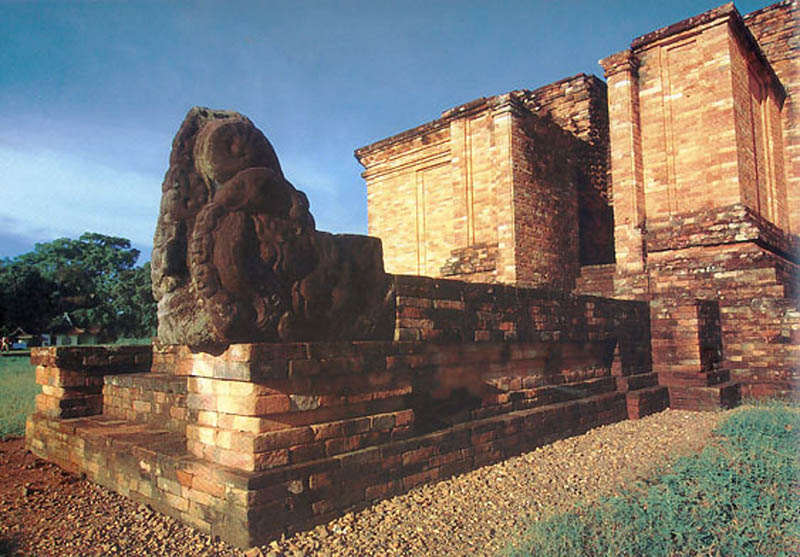
Candi Gumpung, a Buddhist temple at the Muaro Jambi Temple Compounds of the Melayu Kingdom, later integrated as one of Srivijaya's important urban centre
Again, the fruit gardens of Palembang of this period were a source of great pride for the people of Srivijaya Empire. The gardens were located in the Talang Tuo region, which was known for its fertile soil and abundant water supply. The gardens were home to a wide variety of fruit trees, including betel nuts, sugar palm, coconuts, pumpkins, spinach and sago palm. The fruits were not only delicious, but they were also seen as a symbol of the empire's wealth and power. They were a source of food, income and beauty and they played an important role in the cultural and religious life of the empire.
The gardens were also a place of religious significance. The Talang Tuo inscription describes how Sri Jayanasa built a Buddhist monastery in the gardens. The monastery was dedicated to the bodhisattva Avalokitesvara, the "Goddess of Compassion." The gardens were thus seen as a place where people could come to find peace and tranquility.
Here are some additional details about the fruit gardens of Palembang:
- The gardens were laid out in a grid pattern, with walkways that led between the trees.
- The trees were carefully pruned to ensure that they produced a bountiful harvest.
- The gardens were irrigated by a complex system of canals and reservoirs.
- The gardens were home to a variety of other plants, including flowers, herbs, and spices.
- The gardens were a popular destination for tourists and pilgrims.
The Fruit Gardens of SukhothaiFrom 1279 to 1298, Ramkhamhaeng became the third king of the Sukhothai Kingdom. He was a significant figure in Thai history and is considered one of the greatest monarchs of Thailand. Much of his historical record can be gleaned from the Ramkhamhaeng inscription.
During his reign, Ramkhamhaeng is credited with introducing various reforms that promoted stability, prosperity and cultural growth. He is particularly known for establishing a writing system for the Thai language, based on the Khmer script, which enabled the recording of historical events and the dissemination of knowledge.
Himself a devout Buddhist, Ramkhamhaeng's support for Buddhism further solidified its position as the dominant religion in the Sukhothai Kingdom and its surrounding areas. During his reign, Ramkhamhaeng is said to have promoted Buddhism, built temples and supported the Buddhist Sangha.
Ramkhamhaeng's rule is often romanticized and remembered as a period of harmony and happiness. He is portrayed as a benevolent and just ruler who cared for his people and ensured their well-being. His policies are said to have encouraged agricultural development and trade, leading to economic prosperity during his time. King Ramkhamhaeng was also known for his love of nature and his patronage of the arts.
The Sukhothai complex of gardens can still be seen today at the
Sukhothai Historical Park, Thailand
The fruit gardens of Sukhothai was one of Ramkhamhaeng's most durable achievements. The Sukhothai complex of gardens can still be seen today at the Sukhothai Historical Park in Thailand. The gardens were built in the 13th century and were designed to be a place of beauty and tranquility. They were also used for educational purposes.
The gardens were home to a wide variety of fruit trees, including such as mangoes, coconut, tamarind, jack fruits, betel nuts and papayas. There were also ponds, fountains and pavilions throughout the gardens. The gardens were surrounded by a moat, which helped to keep them cool and protected.
The gardens were a place where people could come to relax, learn about plants and partake in the abundance of fruits. For visitors, the gardens were a symbol of the prosperity and cultural sophistication of the Sukhothai kingdom.
Here are some additional details about the fruit gardens of ancient Sukhothai:
- The gardens were located on an island in the Ping River.
- The gardens were surrounded by a moat, which was filled with fish.
- There were pavilions throughout the gardens, where people could rest and enjoy the scenery.
- The gardens were used for educational purposes, and students would come to the gardens to learn about plants and agriculture.
- The gardens were a popular destination for both locals and visitors.
Values of Southeast Asian Buddhist GardensIt becomes apparent that these two ancient examples of Buddhist gardens provide evidence that Southeast Asian Buddhist Gardens not only covet aesthetics and abodes for religion and spirituality practice but also economic pragmatism. As the land was fertile, it was easy for fruiting trees to grow. So why not devise a system to plant these at scale and share the abundance with royal subjects?
Apart from spiritual blessings, "free food" is equally important for social engagement. This element - the sharing of food - is in fact, an endemic feature of Southeast Asian or Nusantara culture. The Kings of old, such as Sri Jayanasa and Ramkhamhaeng have seen this and their implementation have proven to be highly valued by society. I wonder how many temple owners of today in Malaysia and Southeast Asia have similar visions?
Instead of looking up to East Asian models for building gardens, perhaps we should take a leaf from our Southeast Asian Buddhist ancestors and learn a thing or two about how to feed the mind and at the same time to feed the stomach as well. A happy, peaceful mind after all, resides in a healthy body.
-------



